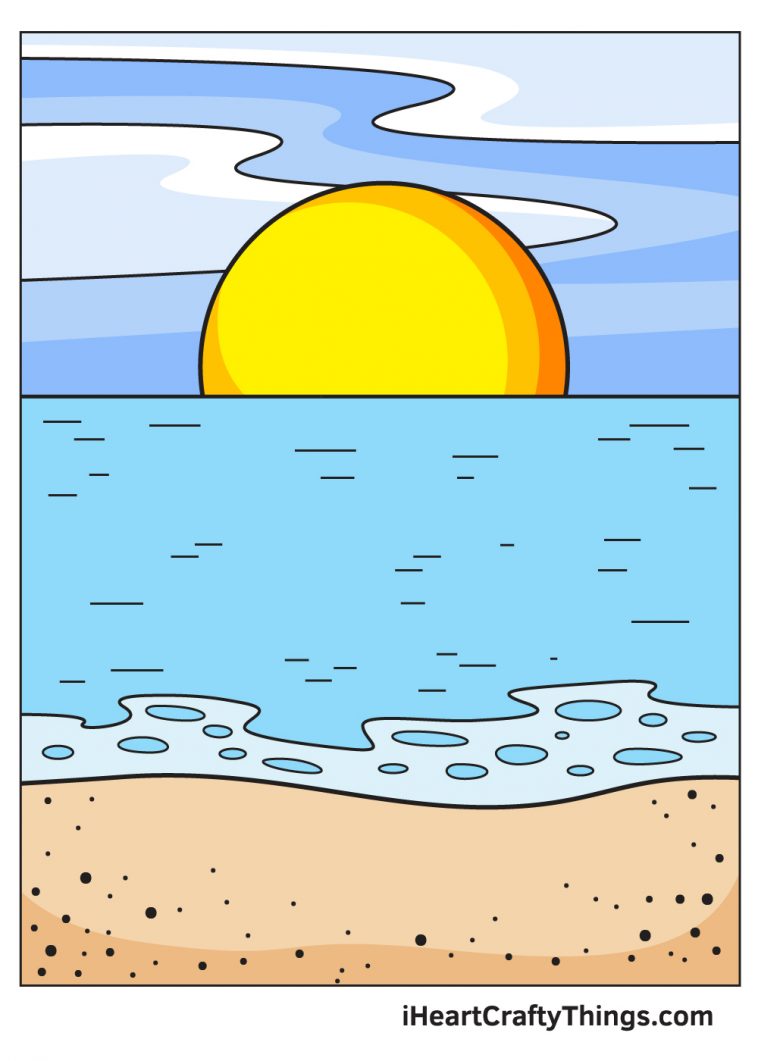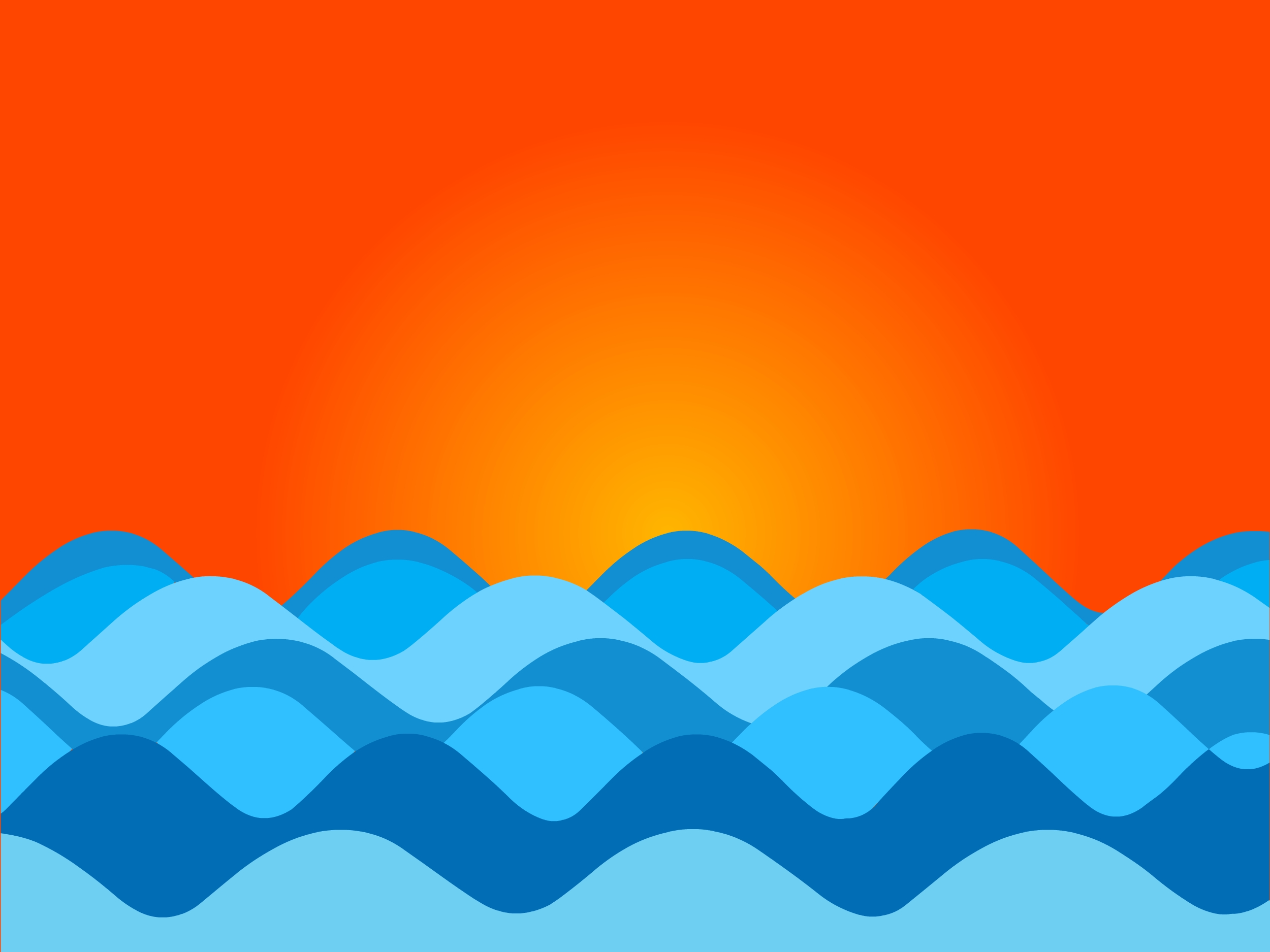Ocean drawing
Table of Contents
Table of Contents
Are you looking to add an ocean background to your artwork? The ocean is a beautiful and dynamic subject, but drawing it can seem intimidating. Don’t worry, with a few tips and tricks, you can create a stunning ocean background. In this post, we’ll cover everything you need to know about how to draw an ocean background, from pain points to personal experiences and step-by-step instructions.
Pain Points
Many artists struggle to capture the movement of water and the complexity of the ocean. It can be challenging to create a realistic-looking ocean that doesn’t feel flat or static. Additionally, the ocean can be overwhelming to draw due to the vastness and depth of the subject.
Answer to “How to Draw an Ocean Background”
Before diving into drawing an ocean background, start by considering the type of ocean you want to draw, and the mood you want to convey. Is it a peaceful ocean with gentle waves, or a choppy and rough sea with stormy waves?
Start by sketching out the horizon, where the ocean meets the sky. Then add horizontal lines that represent the waves; these waves should be smaller in the foreground and larger in the background. Be sure to add foam and bubbles to your waves to create texture and realism.
Next, add shading to create depth and dimension. Darker shades of blue should be used for the ocean’s depths, while lighter shades will create highlights on the waves.
Finally, add details such as boats, sea life or clouds to your drawing to complete your ocean background. Remember to keep your strokes fluid and organic to capture the movement of the water.
Main Points
In summary, drawing a realistic ocean background involves building depth with shading and capturing the movement of the water with fluid and organic strokes. Additionally, choosing the right mood for your ocean is essential in creating a coherent and visually appealing piece of art.
How to Draw a Calm Ocean
When I think of a calm ocean, I remember the time I spent on a peaceful beach in Hawaii. Drawing a calm ocean requires a light touch and attention to detail. Start by drawing gentle waves and adding a small amount of foam. Be sure to use lighter shades of blues on your waves to convey a sense of calmness.
Next, add clouds or birds to the sky to create a peaceful atmosphere. Use soft and angled strokes to create a sense of movement in the sky. Add shading to the water to create depth and dimension, using lighter shades near the shoreline and darker tones near the horizon.
Finish your drawing by adding any additional details such as boats, umbrellas or sand to create more depth and a sense of realism.
How to Draw a Stormy Ocean
When I think of a stormy ocean, I remember the time I spent on a beach during a hurricane. Drawing a stormy ocean requires a heavier touch and more dramatic strokes. Start by drawing large, foamy waves with sharp edges to convey the intensity of the storm.
Next, add rain or clouds to the sky to create a sense of chaos and fear. Use dark and jagged strokes to create a sense of movement in the sky. Add shading to the water to create depth and dimension, using darker shades of blues near the shoreline and lighter tones near the horizon.
Finish your drawing by adding any additional details such as lightning or debris to create more depth and a sense of realism.
Adding Sea Life
Adding sea life to your drawing can add a fun and whimsical element. Start with a basic outline, and add shading and texture to create depth and dimension. Remember to keep your strokes fluid and organic to match the movement of the ocean.
Different Materials to Use
There are various materials to use when drawing an ocean background, such as pencils, colored pencils, charcoal or watercolors. Experiment with different materials to find the best fit for your style and personal preferences.
Question and Answer
Q: How can I make the ocean look more realistic?
A: Use shading to create depth, and use organic strokes to mimic the movement of water. Add subtle details, such as foam and bubbles, to the waves.
Q: What colors should I use when drawing an ocean?
A: For a realistic ocean, use shades of blue and green for the water, and shades of blue and white for the waves.
Q: How can I create texture on the ocean’s surface?
A: Use parallel or curved lines to create texture on the ocean’s surface. Consider using cross-hatching to create more depth and dimension.
Q: Should I add clouds to my ocean drawing?
A: Adding clouds can help create a sense of atmosphere and mood. Consider the weather and tone you want to convey when deciding whether to add clouds or not.
Conclusion of How to Draw an Ocean Background
Drawing an ocean background can seem challenging, but with these tips and tricks, you’ll be able to create a stunning piece of art. Remember to consider the mood and type of ocean you want to convey, and use shading and organic strokes to create depth and movement. Experiment with different materials and techniques and have fun creating your masterpiece.
Gallery
Ocean Drawing - How To Draw An Ocean Step By Step

Photo Credit by: bing.com / iheartcraftythings
Water Waves Drawing At GetDrawings | Free Download

Photo Credit by: bing.com / waves ocean drawing simple cartoon draw easy wave water sea drawings clipart wallpaper line cliparts step getdrawings wikihow pattern ways
How To Draw The Ocean Step By Step

Photo Credit by: bing.com /
Under The Sea Drawing Easy / I Would Recommend This For Very Small

Photo Credit by: bing.com /
Too Many Ships | Ocean Drawing, Ocean Illustration, Scenery Paintings

Photo Credit by: bing.com /





